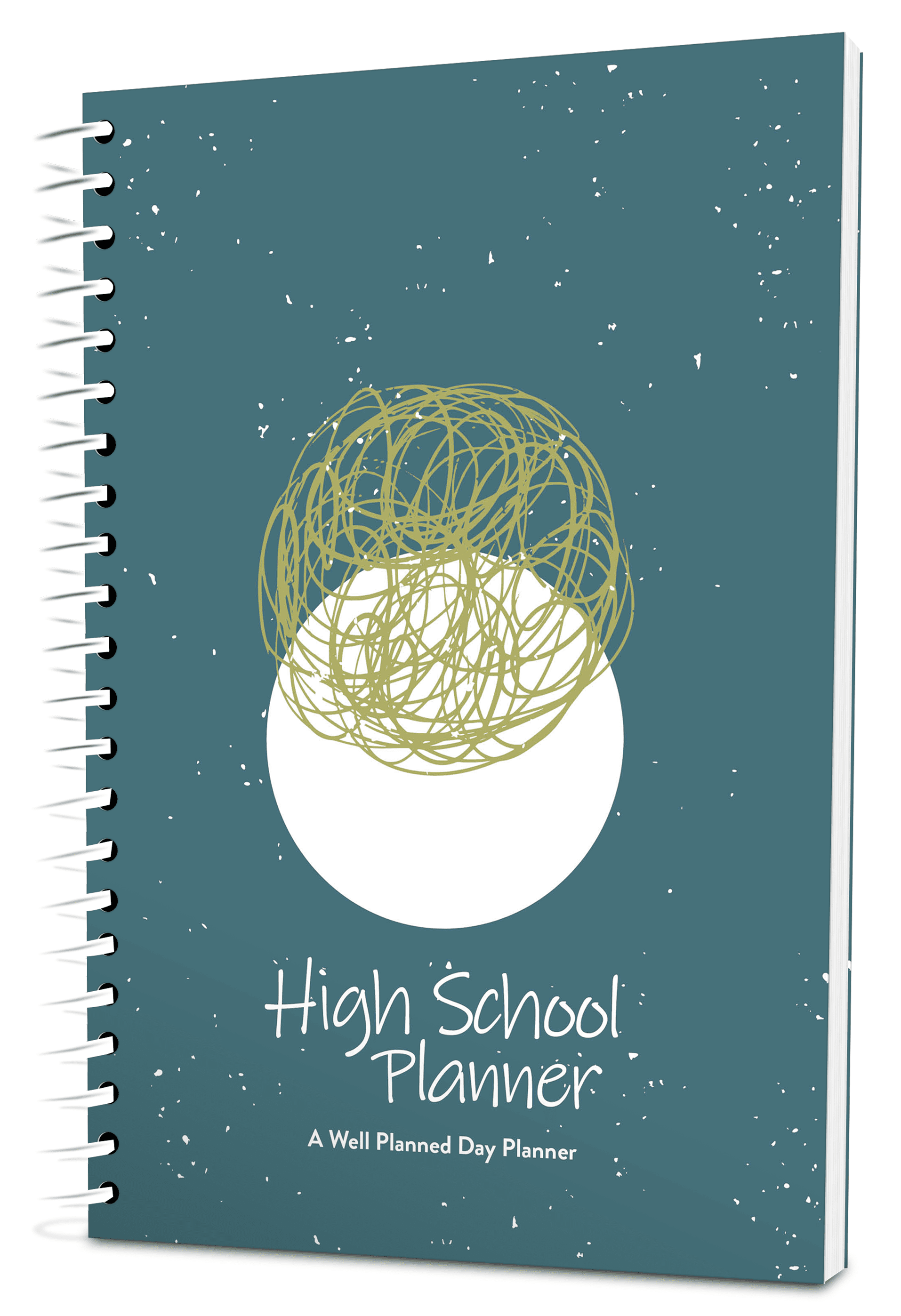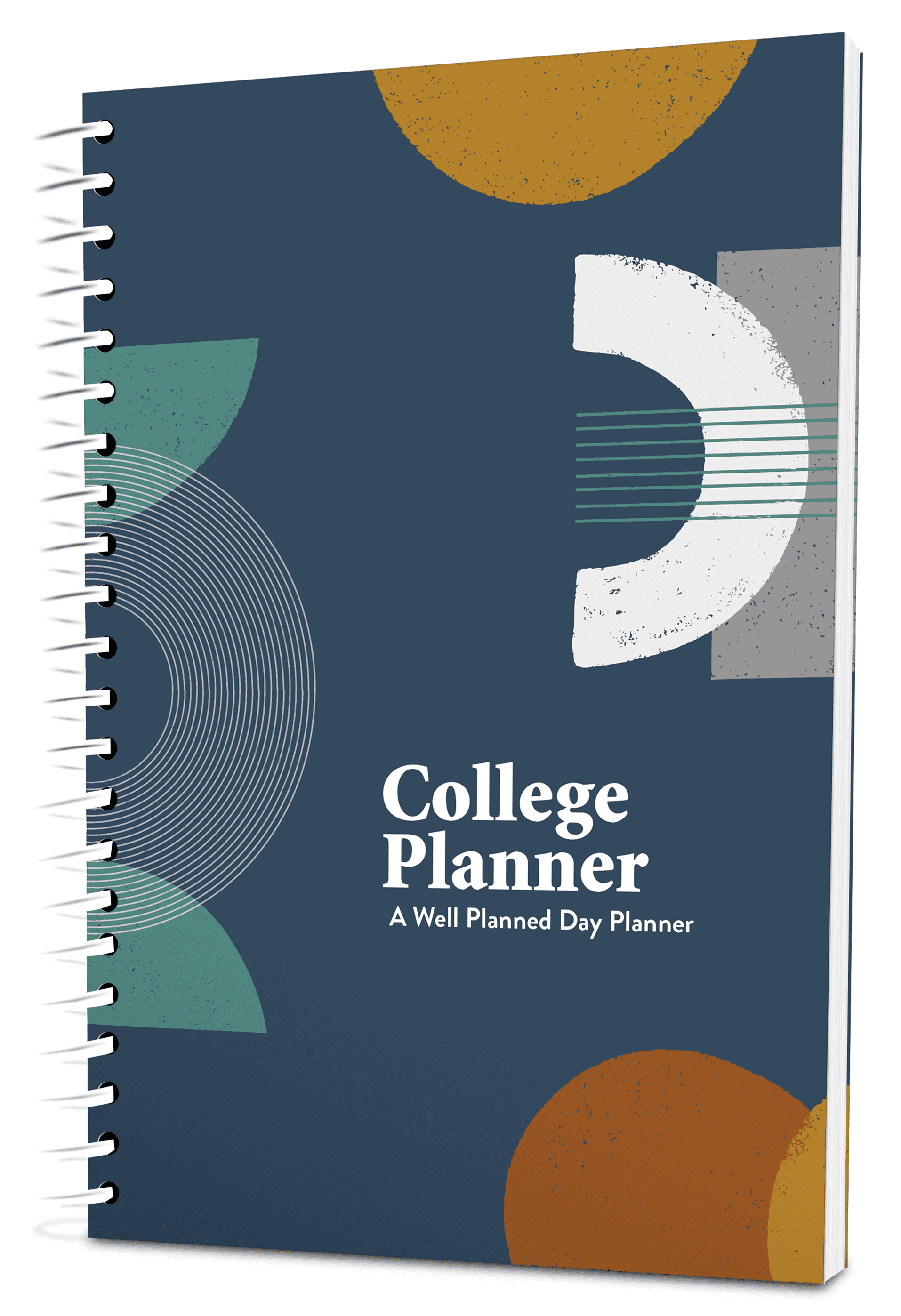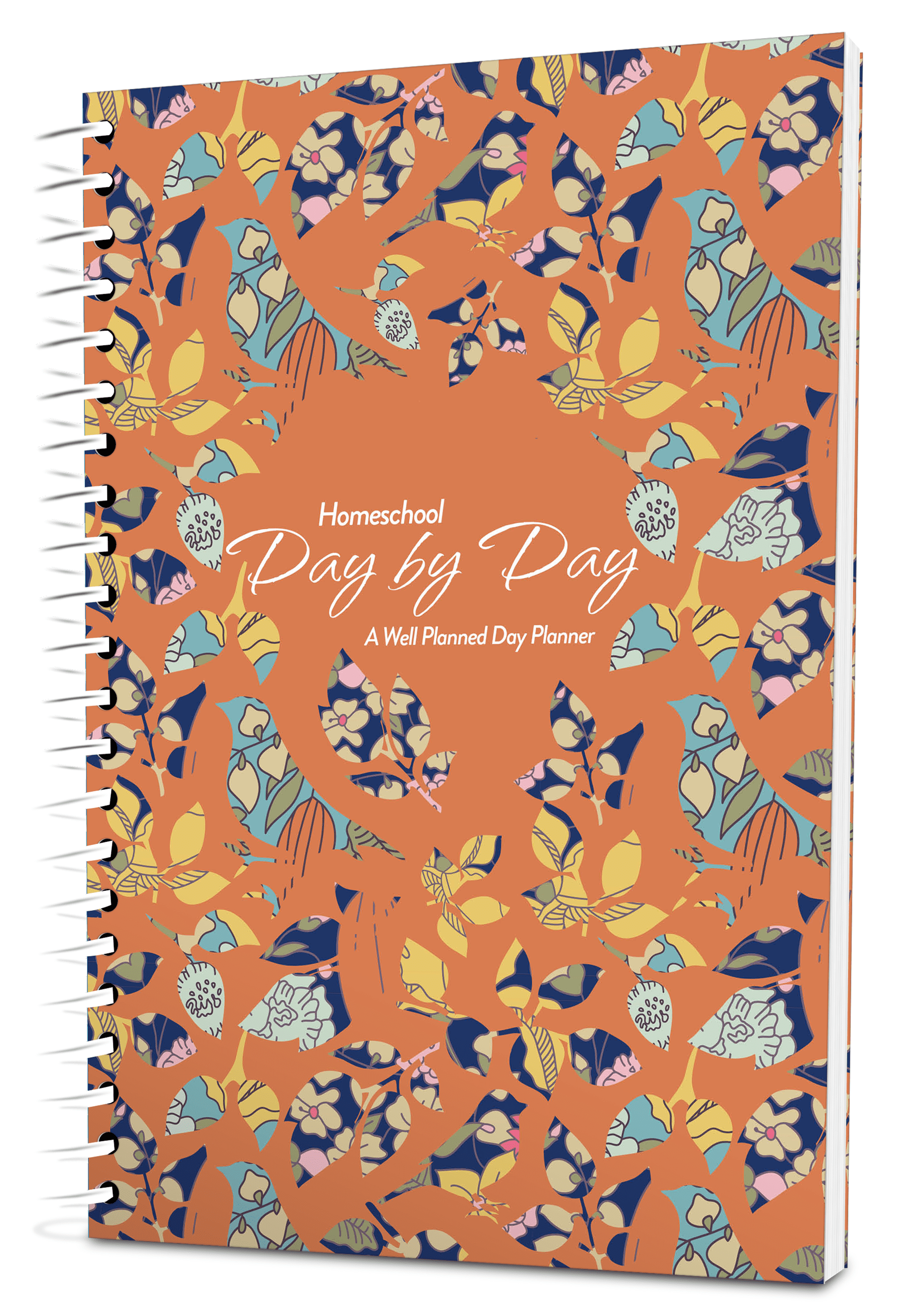There are days I round the corner to the kitchen and see evidence of yet another experiment. You may be thinking I’m talking about science, but our youngest son Joe loves researching in the kitchen. He has a flare for strange ingredients, loves hot sauces, and puts mustard on just about anything. Most often, the concoctions he creates stir the stomach; but occasionally, he creates something unusual yet tasty.
Of late, his quest is to make new meals using Ramen noodles. Can you tell he is the fifth child? The first child would have never gotten away with buying high-in-sodium and low-in-nutrient Ramen noodles. Yet, here we are, with peanut butter, soy sauce, sriracha, and a much more relaxed mother!
Joe scoops up a taste of his new mixture and extends it for me to taste. Like any good mother, I sip the tiniest portion, unsure of the results. Surprisingly, it’s good. He’s created a type of Pad Thai. Joe has been able to take a few good ideas and create a new option for his lunch menu.
How in the world does this relate to homeschooling?
Glad you asked! As I peruse Instagram, Facebook, and homeschool blogs, I’m beginning to see a trend of new recipes on teaching philosophies. These philosophies become the core of homeschooling plans and curriculum purchases.
As I read and study, I’m encouraged to find mothers who have taken the time to read up on classical, Charlotte Mason, Montessori, and other educational philosophies. They evaluate their children and their family structure, decide which philosophy would work best, and proceed from there.
However, I’m also noticing another trend. Instead of in-depth study of each philosophy, mothers are reading the proverbial cliff notes, extracting bits and pieces from the educational ideas, and merging them to form a new way of homeschooling. Take what you like and leave the rest. This doesn’t sound that bad; in fact, it sounds ingenious – or does it?
The new formula for homeschooling ideals is often showcased in the idyllic Instagram posts of families living a simplistic life in spotless homes with bright and shiny white walls, plants producing fresh oxygen for the atmosphere, and beautifully dressed children frolicking and playing together. No curriculum strewn out all over the kitchen table, no home-made index cards with the alphabet lying on the floor, no re-purposed twig as a fishing rod for learning phonics, and certainly no planner or lesson plans.
This new homeschooling philosophy is said to be a combination of Charlotte Mason (CM) and unschooling, either of which, when studied in depth, are amazing philosophies. (For those who think I’m referring to the so-called unschooling where kids game all day or don’t school at all, let’s call that what it is: lazy parenting. True unschooling is the most intense form of homeschooling among the current philosophies). Instead of taking the full gamut of what Charlotte Mason prescribes or the time-consuming development of your child’s bent in unschooling, this new philosophy takes bits and pieces of each philosophy. The result is concerning.
Combining Wisely
The love of living books and outdoor nature studies is a key ingredient in the CM approach. As well, rigorous attention is given to a formal
education. Discovering your child’s talents, abilities, and interests in unschooling directs your daily focus; yet great time and detail is invested to ascertain the curriculum, books, teachers, and other resources needed to facilitate your child’s natural bent.
When you combine only a portion of each philosophy, you get outside playtime and the reading of random books while following your child’s interest. You may be able to squeak by in preschool and kindergarten, but as the years pass, serious gaps begin to form. Yes, Charlotte Mason would be proud to see parents enjoying the outdoors with their children and developing a relationship, but she would most likely scold you for not giving proper attention to dictation, narration, and copywork! As well, the foundation of unschooling is not “not doing school” but rather, schooling differently. It does not negate the principles of math, phonics, science, and history.
Another item of importance is the time period we live in. In the Charlotte Mason era there were no vehicles, computers, Internet, or the college testing we have today. The CM method is one of the best for children from preschool through elementary school, but when you begin to dive into the middle and high school years, we must remember what a student needs in today’s day and age. What will be required for graduation? What specific guidelines does your state require? What about college entrance exams and secondary education?
Many of today’s educational philosophies morphed from taking existing views and putting them together to form a new ideology. However, this was often done by educators who took the time to study and recognize the comprehensive needs of students in their era; they didn’t simply choose the fun and easy road.
Whether it’s a recipe or a homeschool philosophy, it’s fun to mix and match and come up with new things to enjoy. But as homeschool moms, we need to be diligent to know the full story behind the educational philosophy we choose so that we can take it in full or mix-and-match with wisdom.













